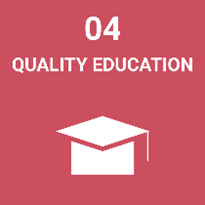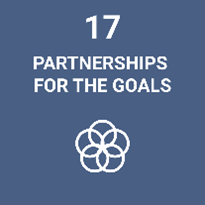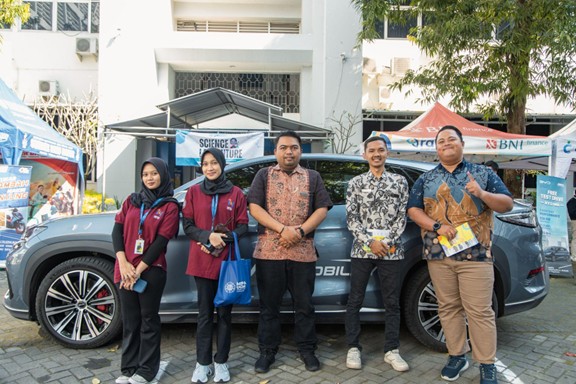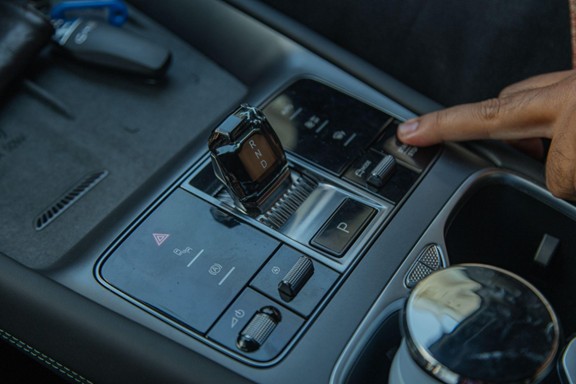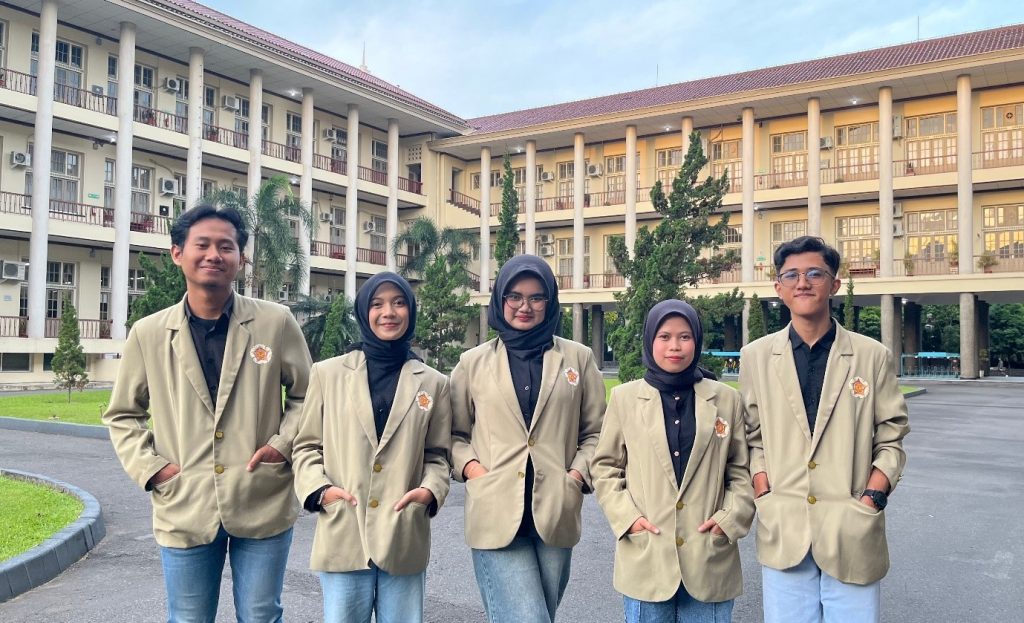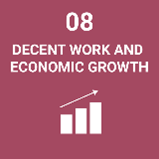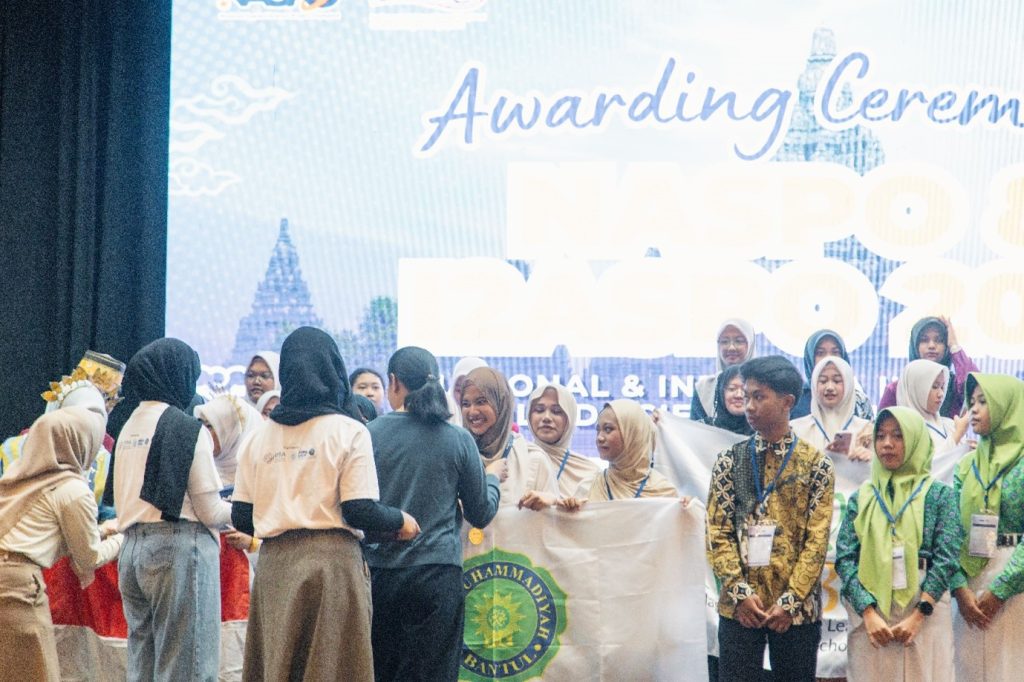
NASPO dan I2ASPO 2025 Digelar di Yogyakarta, Kolaborasi dengan FMIPA UGM Dorong Inovasi Sains Generasi Muda
National Applied Science Project Olympiad (NASPO) dan Indonesia International Applied Science Project Olympiad (I2ASPO) 2025 resmi digelar di Yogyakarta pada 18–21 Desember 2025. Ajang kompetisi sains ini merupakan hasil kolaborasi antara Indonesian Young Scientist Association (IYSA) dan Fakultas Matematika dan Ilmu Pengetahuan Alam Universitas Gadjah Mada (FMIPA UGM). Rangkaian kegiatan dibuka pada Rabu (18/12) melalui Opening Ceremony yang dirangkaikan dengan Cultural Expo. Acara pembukaan menampilkan beragam pertunjukan seni dan budaya dari siswa-siswi berbagai daerah di Indonesia, mulai dari tari tradisional, tari kreasi, hingga penampilan vokal, sebagai wujud keberagaman budaya sekaligus semangat persatuan generasi muda dalam dunia sains.
President of IYSA, Deni Irawan, M.Pd., dalam sambutannya menyampaikan apresiasi atas kolaborasi yang terjalin dengan FMIPA UGM dalam penyelenggaraan NASPO dan IASPO 2025.“This event is a collaboration between IYSA and FMIPA UGM, so I would like to thank you so much for the willingness to be a partner in holding NASPO and IASPO 2025. Today we gather to celebrate innovation, creativity, and collaboration in addressing some of the most pressing environmental challenges of our time,” ujarnya.
Ia menegaskan bahwa ajang ini tidak hanya menjadi kompetisi, tetapi juga ruang bertemunya ide-ide inovatif generasi muda untuk menjawab tantangan global, khususnya di bidang lingkungan dan keberlanjutan.
Sementara itu, Wakil Dekan Bidang Pendidikan, Pengajaran, dan Kemahasiswaan FMIPA UGM, Prof. Drs. Roto, M.Eng, Ph.D., menekankan peran fundamental sains dalam pengembangan teknologi masa depan. “Science is actually the background of all the basics of how we can produce new technology. This kind of event will speed up our need to create tomorrow’s technology with current science,” tuturnya. Ia juga mengajak para pelajar dan generasi muda untuk terus belajar dan mencintai sains sebagai bekal menghadapi tantangan zaman.
NASPO dan I2ASPO 2025 diikuti oleh peserta dari berbagai daerah dan negara, dengan fokus pada pengembangan proyek sains terapan yang inovatif dan solutif. Selama empat hari pelaksanaan, peserta akan mempresentasikan karya terbaik mereka di hadapan dewan juri nasional dan internasional. Penyelenggaraan NASPO dan I2ASPO 2025 ini sejalan dengan upaya pencapaian Tujuan Pembangunan Berkelanjutan (Sustainable Development Goals/SDGs), khususnya SDGs poin 4 tentang pendidikan berkualitas melalui penguatan literasi sains dan inovasi generasi muda, serta SDGs poin 17 tentang kemitraan untuk mencapai tujuan melalui kolaborasi antara institusi pendidikan dan organisasi pengembangan sains.
Penulis: Meitha Eka Nurhasanah
Dokumentasi: Aphrodity
